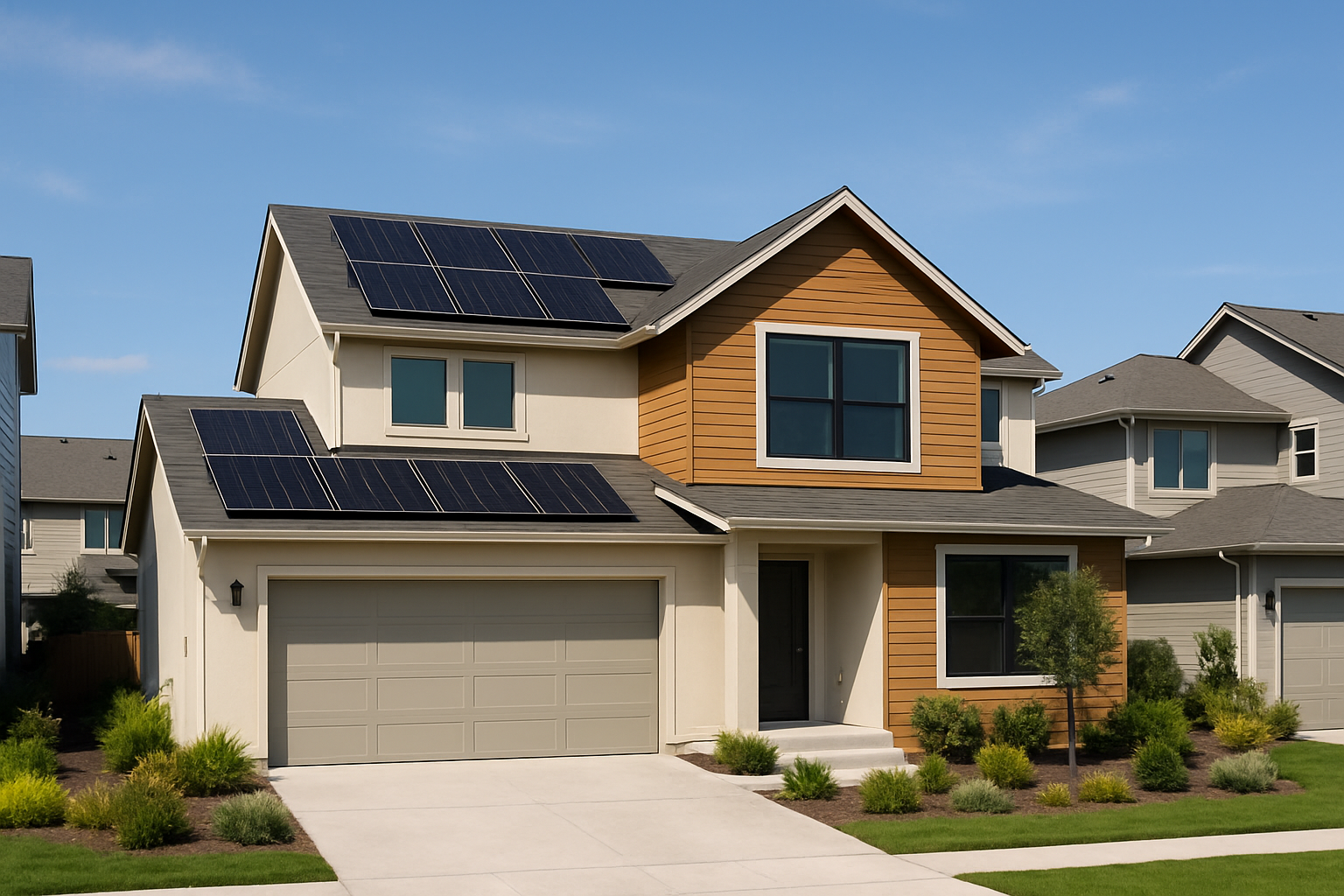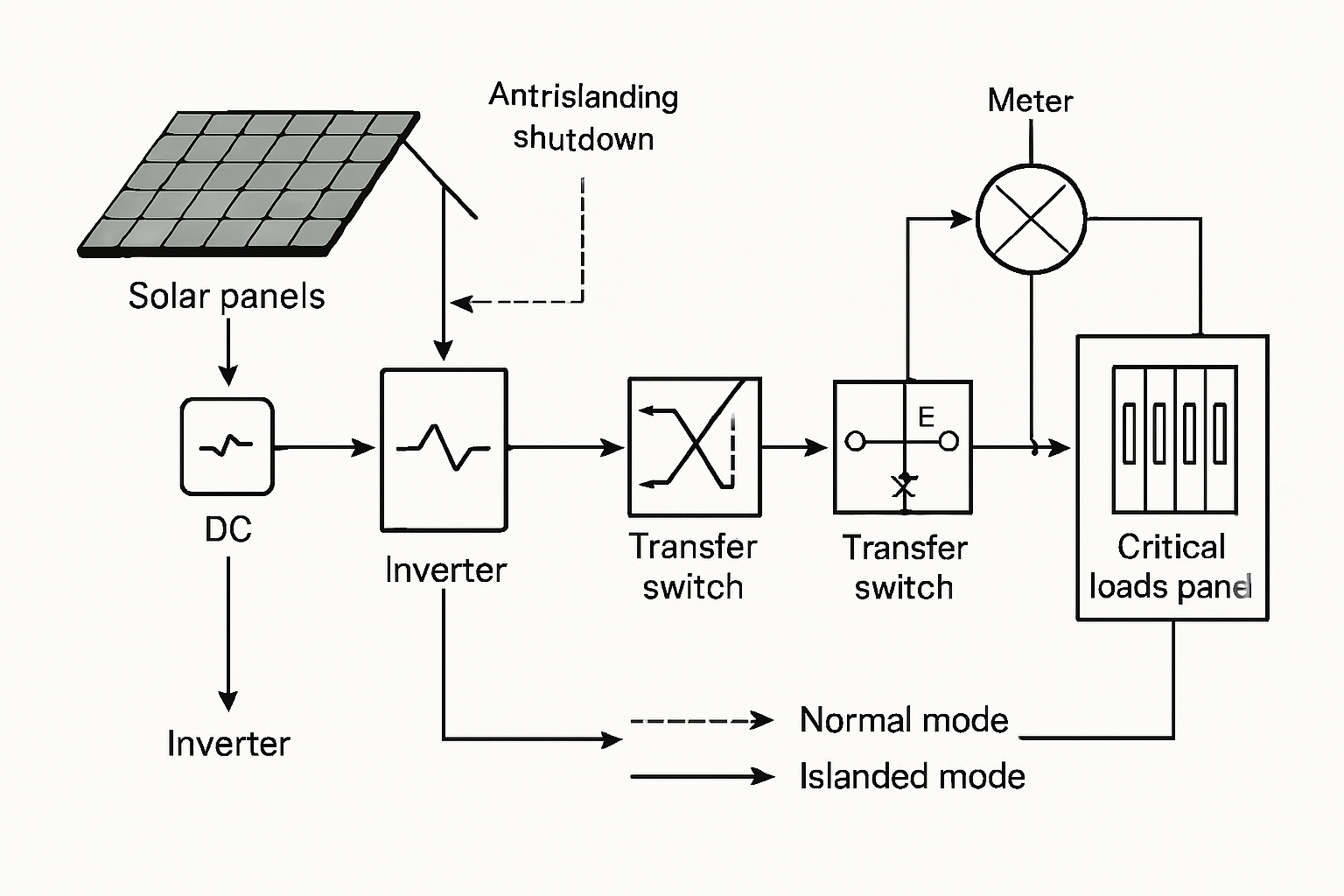Installing solar panels in a homeowners association (HOA) community requires more than just technical planning—it demands careful navigation of architectural review processes. With solar installations growing by 20% annually according to the U.S. Department of Energy, many homeowners face the challenge of obtaining HOA approval for their renewable energy projects.
Understanding your HOA's specific requirements and preparing a comprehensive application can mean the difference between swift approval and costly delays. This checklist will guide you through each step of the architectural review process, ensuring your solar installation meets both community standards and your energy goals.

Understanding HOA Solar Installation Authority
Before submitting any application, you need to understand the legal framework governing HOA solar restrictions. Many states have enacted solar access laws that limit an HOA's ability to prohibit solar installations entirely.
State Solar Rights Laws
Most states provide some level of solar access protection for homeowners. According to federal energy policy, HOAs cannot unreasonably restrict solar installations, though they maintain authority over aesthetic considerations.
Key legal protections typically include:
- Right to install solar energy systems on your property
- Protection from unreasonable HOA restrictions
- Limitations on HOA authority to dictate system specifications
- Expedited review timelines for solar applications
HOA Architectural Guidelines
Your HOA's Covenants, Conditions, and Restrictions (CC&Rs) and architectural guidelines outline specific requirements for exterior modifications. These documents typically address:
- Application submission procedures and deadlines
- Required documentation and technical specifications
- Aesthetic standards for equipment placement
- Review timeline and approval criteria
Pre-Application Preparation Checklist
Thorough preparation significantly increases your chances of first-time approval. Start gathering documentation and conducting site assessments well before submitting your application.
Site Assessment and Design Planning
Professional site assessment ensures your proposed system meets both technical requirements and HOA aesthetic standards. Consider these factors:
| Assessment Area | Key Considerations | Documentation Needed |
|---|---|---|
| Roof Condition | Structural integrity, age, material compatibility | Structural engineer report, roof inspection |
| Panel Placement | Visibility from street, neighboring properties | Site photos, elevation drawings |
| System Sizing | Energy needs, available roof space | Energy audit, system specifications |
| Equipment Selection | Panel color, inverter placement, conduit routing | Product specifications, installation plans |
Contractor Selection and Credentials
Choose installers with proven HOA experience and proper licensing. Your contractor should provide:
- State electrical contractor license
- Solar installation certifications
- Insurance certificates and bonding documentation
- References from previous HOA installations
- Warranty information for equipment and installation
Required Documentation Package
A complete application package demonstrates professionalism and addresses potential HOA concerns proactively. Missing documentation often leads to delays or rejection.
Technical Specifications and Plans
Your application must include detailed technical documentation:
- System Design Plans: Scaled drawings showing panel layout, inverter placement, and electrical connections
- Equipment Specifications: Manufacturer data sheets for panels, inverters, and mounting systems
- Electrical Diagrams: Single-line electrical diagrams and interconnection details
- Structural Analysis: Engineer-stamped calculations confirming roof load capacity
- Installation Timeline: Detailed schedule with milestones and completion dates
Visual Impact Assessment
Address aesthetic concerns with comprehensive visual documentation:
- Current property photos from multiple angles
- Rendered images showing proposed installation
- Sight line studies from neighboring properties
- Color and finish specifications matching roof materials
- Landscaping plans to screen ground-mounted equipment
Application Submission Strategy
Strategic application submission can expedite the review process and demonstrate your commitment to community standards.
Timing and Communication
Submit your application well in advance of planned installation dates. Most HOAs require 30-60 days for architectural review, though complex applications may take longer.
Effective communication strategies include:
- Scheduling pre-submission meetings with the architectural committee
- Providing educational materials about solar technology benefits
- Addressing common concerns about property values and aesthetics
- Offering to present your proposal at HOA meetings
Addressing Common HOA Concerns
Proactively address typical HOA objections in your application:
| Common Concern | Proactive Response |
|---|---|
| Visual Impact | Provide renderings showing minimal visibility, specify low-profile mounting |
| Property Values | Include studies showing solar installations increase home values |
| Maintenance Issues | Detail maintenance requirements and contractor responsibilities |
| Roof Damage | Provide warranty coverage and installation quality guarantees |
Review Process Navigation
Understanding the review timeline and maintaining professional communication throughout the process helps ensure smooth approval.
Following Up Professionally
Regular but respectful follow-up demonstrates your commitment while respecting the committee's time constraints. Schedule check-ins at reasonable intervals and always provide additional information promptly when requested.
If your application faces challenges, consider these approaches:
- Request specific feedback on areas of concern
- Offer design modifications to address objections
- Provide additional technical documentation or expert opinions
- Seek mediation through HOA management if needed
Post-Approval Compliance
Once approved, maintain compliance with all conditions and timelines specified in your approval letter. This includes:
- Adhering to approved installation timeline
- Using specified equipment and contractors
- Obtaining required permits and inspections
- Providing completion documentation to the HOA
Maximizing Your Solar Investment
Successfully navigating HOA approval opens the door to significant energy savings and environmental benefits. Modern solar systems, including integrated energy storage solutions, provide homeowners with greater energy independence and resilience.
Consider complementing your solar installation with battery storage systems that can provide backup power during outages while maximizing your solar investment. High-performance lithium iron phosphate (LiFePO4) batteries offer exceptional safety and longevity, making them ideal for residential applications.
The combination of solar panels with advanced inverter technology and energy storage creates a comprehensive energy solution that can significantly reduce utility costs while meeting HOA aesthetic requirements. These integrated systems are designed to be both efficient and visually appealing, addressing common HOA concerns about equipment visibility.
Passing your HOA architectural review requires careful preparation, professional documentation, and strategic communication. By following this compliance checklist and working with experienced solar professionals, you can successfully navigate the approval process and begin enjoying the benefits of clean, renewable energy. Remember that patience and persistence often pay off, as many initially hesitant HOAs become supportive once they understand the benefits and see professionally installed systems in their communities.





Leave a comment
All comments are moderated before being published.
This site is protected by hCaptcha and the hCaptcha Privacy Policy and Terms of Service apply.